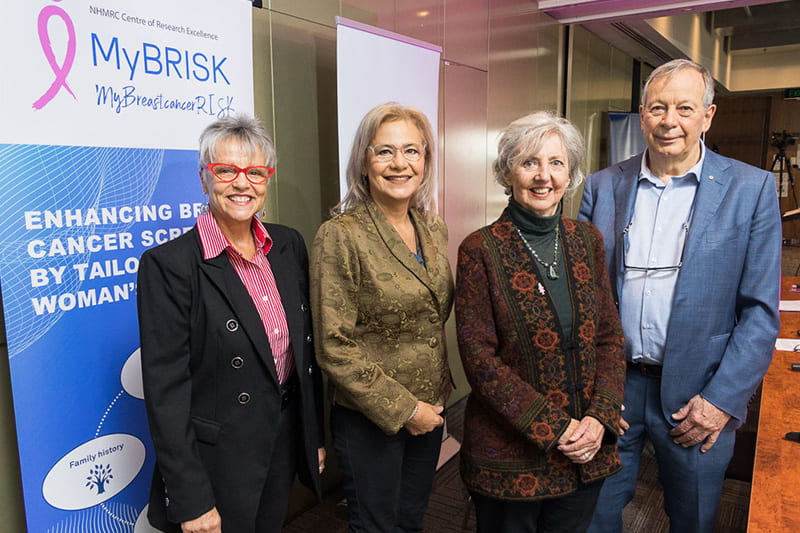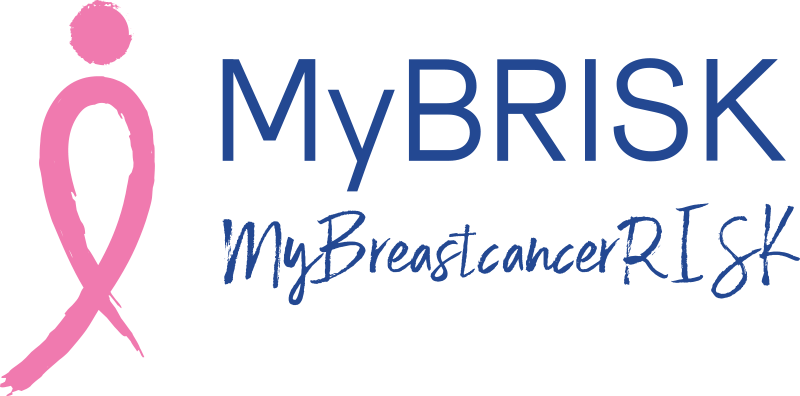The way Australian women are screened for breast cancer could be fundamentally changed, thanks to a new NHMRC Centre for Research Excellence launched today at the University of Melbourne.

The My Breast cancer RISK Centre (MyBRISK) will apply a holistic risk-based approach to breast cancer screening by considering multiple aspects of a woman’s risk of breast cancer.
MyBRISK aims to enhance the benefits of screening and reduce the number of deaths arising from breast cancer.
Applying artificial intelligence (AI) computer techniques to analyse millions of mammograms, it will produce new and more powerful mammogram-based risk factors. Combining these automated measures with family history, lifestyle and the latest gene tests, MyBRISK will better classify women of all ages in terms of their breast cancer risk.
MyBRISK will work with radiologists, radiology services and women to devise ways to better detect breast cancers earlier.
Bringing together an international team of researchers, clinicians, health professionals and community representatives, MyBRISK aims to create pathways for more effective personalised screening that can be used by both publicly-funded and private radiology services.
MyBRISK Director University of Melbourne Professor John Hopper said current breast cancer risk assessment tools are cumbersome and lack precision, limiting their use.
Professor Hopper said that by having breast screening tailored to each woman’s risk, resources could be better allocated and produce more accurate results.
“Early detection through population screening is associated with survival benefits, and we aim to enhance this by bringing the benefits of new developments in AI and genomics,” Professor Hopper said.
“Our project team will design ways to make screening more cost-effective and efficient through use of an automated web-based decision support tool that can be used by both women and health professionals.”
BreastScreen Victoria CEO Rita Butera welcomed the new MyBRISK Centre.
“For Australian women, breast cancer is the most common cancer and one in seven women will be diagnosed by the time they are 85 years old,” Ms Butera said.
“This Centre will complement the work we do and further bolster the availability of vital breast screening and early detection.”
Dean of the Faculty of Medicine, Dentistry and Health Sciences, Professor Jane Gunn, said the new MyBRISK Centre demonstrates the direct impact of research.
“Our experts are at the forefront of research translation and outcomes. By tailoring breast cancer screening to a women’s risk, MyBRISK will improve health outcomes for Australian women,” Professor Gunn said.
MyBRISK is funded by the National Health and Medical Research Council (NHMRC) and is a collaboration between the University of Melbourne, Melbourne’s St Vincent’s Hospital, Monash University, University of Western Australia, Queensland University of Technology and Cancer Council Victoria.
Tuesday, 27 September 2022

